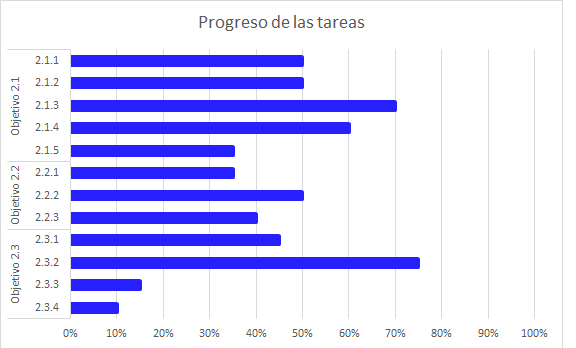To produce fish species of high commercial value and threatened or vulnerable species. To study the physiology of reproduction and quality of gametes and clutches of cultured fish, for a better understanding of their rhythmic control and modulation by environmental factors, in aquaculture species and in a context of global change.
Produce endangered or vulnerable mollusk species. Improve knowledge of the biology and physiological aspects relevant to their cultivation. Improve bivalve culture systems in all phases of the production process with origin in the natural environment: implement systems for population monitoring and larval recruitment of species of commercial interest to guarantee the supply of seed for sustainable aquaculture and shellfish production.
Study the genetics of fish and mollusks: identify sequences and SNPs associated with productive traits, and preserve the genetic resources of selected lines.
